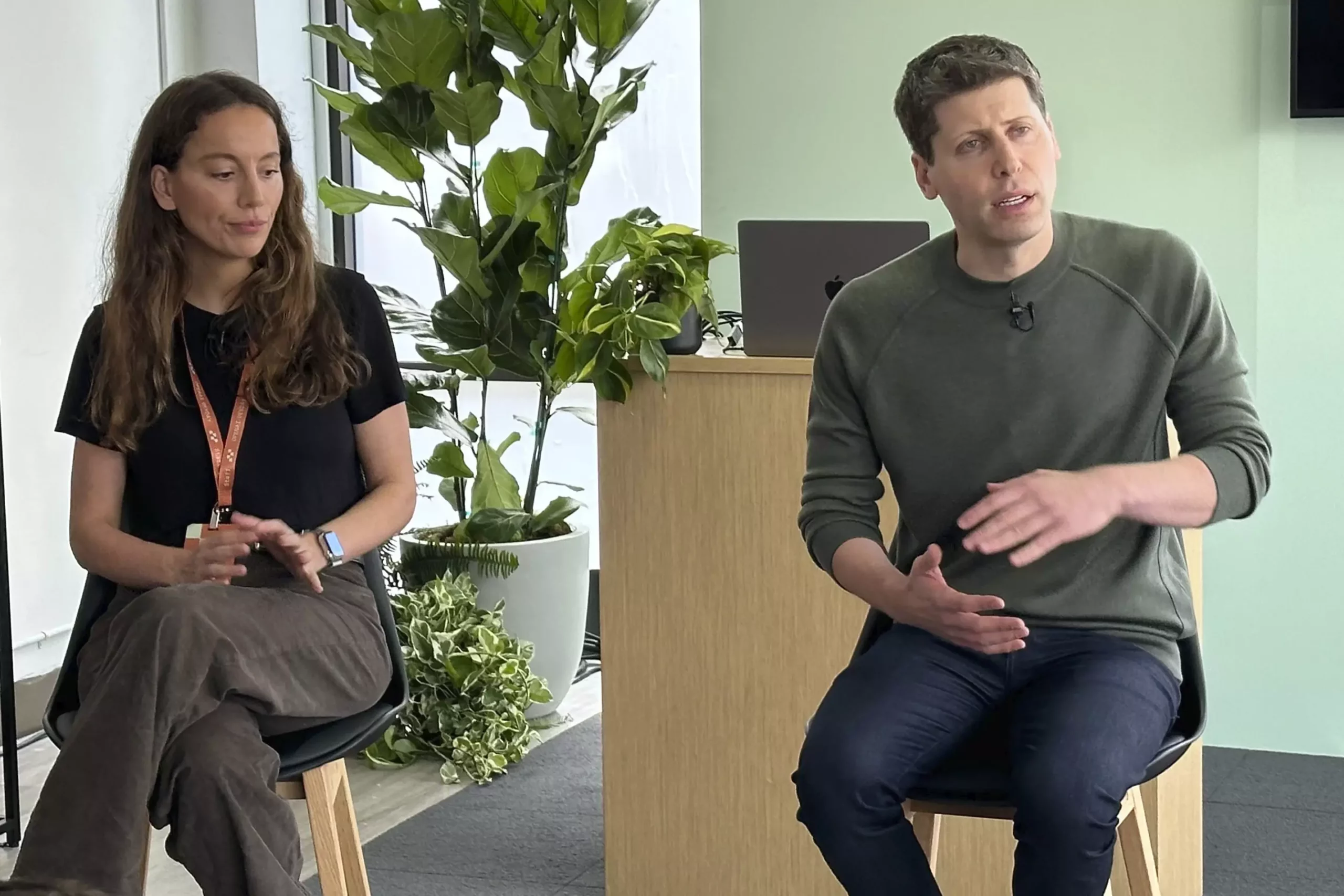In a surprising turn of events, OpenAI has recently witnessed the exit of several top executives, marking a pivotal moment for the artificial intelligence titan. Mira Murati, who served as the Chief Technology Officer and briefly held the role of interim CEO during a tumultuous leadership shakeup, announced her departure from the company. This announcement comes at a time when the organization is navigating through significant internal changes, reflecting the complexities and challenges that often accompany growth in such a pioneering field.
Murati’s statement indicated that her decision was rooted in a desire for personal exploration. She articulated the need for “time and space” to delve into her individual pursuits, highlighting a common theme among executives in high-pressure environments who often seek to recalibrate their career trajectories for personal fulfillment. The notion of stepping back to explore new opportunities resonates with many in the tech industry, where burnout can be prevalent. This decision, though difficult, underscores a broader trend of professional introspection and reassessment that many are undertaking in the fast-paced world of AI.
Murati is not alone in her departure. OpenAI’s Chief Research Officer, Bob McGrew, and research leader Barret Zoph are also leaving the company. These exits are part of a broader pattern that reflects turbulence within the organization. Notably, the resignation of several high-profile founders and executives, including Greg Brockman, John Schulman, and Ilya Sutskever, signals a potential shifting of priorities within OpenAI. While Altman has described these transitions as natural for a rapidly expanding enterprise, the sheer volume of changes raises questions about the company’s internal stability and future direction.
In her farewell notes, Murati expressed her gratitude towards OpenAI and highlighted the positive aspects of its culture, reaffirming her respect for Sam Altman and the organization’s mission. Such sentiments are crucial, especially as outsiders and stakeholders analyze the implications of these shifts. The departures cast a spotlight on OpenAI’s corporate culture during a time when innovation is paramount, suggesting that amidst the evolution of leadership, the vision and values of the organization may need to be reaffirmed.
The latest changes within OpenAI create a narrative of a company at a crossroads. As executives transition away from the organization, it remains to be seen how these departures will shape OpenAI’s future. While Altman prepares to navigate this period of uncertainty, the emphasis will likely shift towards cultivating new leadership that aligns with the company’s ambitions in artificial intelligence. With every departure, there lies the opportunity for renewal, but it also raises the stakes for the company’s ability to maintain its pioneering status in a competitive landscape. As the dust settles, the industry will be watching closely to see how OpenAI responds to these challenges and the fresh ground it may yet explore.


Leave a Reply